Known for its uniquely vibrant culture, India is a country diverse in ancient sites, flavorful cuisine, and astounding landscapes. In 2019 alone, 18 million people traveled to India, with New Delhi being the 8th most popular tourist destination in the world. Consequently, mass tourism has been a challenge for India.
Luckily sustainable tourism in India has been on the rise over the last few years to combat the problem of over-tourism. This is due to the government and private sector developing initiatives to protect India’s people, nature, and culture. Here at Traverse Journeys, we incorporate these three elements of sustainability into our sustainable India tour.
Read more about sustainable tourism in India
The impact of tourism on the Indian economy
Travel and tourism accounts for about 5% of GDP in India, generating 39 million jobs as of 2020. By 2029, the WTTC predicts that India will be among the top 10 countries in the world with the largest GDP from tourism.
Ashley at the Taj Mahal by Ashley Blake
Thus, this is at the core of why sustainable tourism in India is so important. With millions of local people relying on tourism for work in India, it is essential that tourism in India remains sustainable in order to benefit local people.
One of the problems that India struggles with is tourism leakage. This means that despite spending tourism dollars on a destination, little ends up staying in the pockets of the local community. Instead, a lot of the profits may end up with international tourism operators overseas, who may only give a small portion of profits to locals. In India, it is estimated that tourism leakage could be as high as 40%.
This is why here at Traverse Journeys, we work directly with local accommodation operators, tour guides, and organizations to ensure we are actually supporting the communities we visit and ultimately, supporting sustainable tourism in India.
Sustainable tourism in India
Slow traveling India by Laura Hamm
Sustainable tourism in India refers to experiencing this diverse country in a low-impact, local-oriented, and nature-based way. It is also a way to combat mass tourism in destinations such as the Golden Triangle, Mumbai, Chennai, Jaipur, and Agra.
Sustainability is actually just as important to domestic travelers as it is to international travelers in India. This Booking.com Sustainable Travel Report in 2020 shows that 96% of Indian travelers consider sustainable travel an important aspect when traveling. (This is much higher than the 40% of travelers that consider sustainability across the global region.)
This may be because India’s government has taken significant strides to promote sustainable tourism in India. Below we will share some of the highlights from this roadmap set forth by the Indian government.
Adventure Tourism in India
Adventure tourism in India consists of outdoor activities in nature, with some level of physical activity, like hiking, backpacking, rock climbing, or cycling. India offers a variety of these opportunities that allow you to be immersed in the country's natural landscape. These include surfing in Goa, cycling in Kerala, trekking through the mountains, and experiencing yoga in nature.
Boutique hotel in Jaipur by Ashley Blake
Heritage & Boutique Hotels in India
While India has a range of budget hostels and chain hotels, you’ll be able to best support the local economy by staying in heritage and boutique hotels.
These unique accommodation options preserve existing structures in a repurposed way. Heritage Hotels are set in castles, forts, and palaces that have grown in popularity thanks to the Heritage Tourism movement looking to maintain, renovate and use these majestic buildings while preserving their cultural heritage.
For example, the Amar Mahal heritage hotel in Orcha, which dates back to 1895, is surrounded by nature and includes menus offering traditional and local Bundelkhandi dishes, paying tribute to the local community.
Boutique hotels, just as the name says, are accommodations characterized by their boutique design, and rank between 3 to 4 stars (which can be hard to find in India). They are usually family-owned and smaller in size with 10 to 12 rooms.
Because they tend to be places owned by families for decades, this offers an intimate feel that will make you feel more like a local. You’ll also enjoy locally-sourced cuisine, like farm-fresh eggs and organic seasonal produce for breakfast or Indian wines with your dinner.
Dinner with a view by Ashley Blake
Ecolodges and Nature Preservation in India
Another type of sustainable-oriented accommodation is referred to as an eco-lodge. They may focus on using renewable energy, preserving water, recycling or upcycling, using non-toxic cleaning products, and sourcing food locally.
Many are also heavily involved in the local forest or natural landscape initiatives, such as creating safe habitats for endangered species such as the Bengal tiger. They have benefits that go beyond the experience of travelers and spread to the local communities and environmental surroundings.
This also allows families to remain in their home regions, which they know how to treat and care for, and therefore control the future of their culture. Eco-lodges in India offer a unique, immersive, and engaging experience with nature to visitors.
On our sustainable India tour, we incorporate all of these elements within our activities and accommodation. Our itinerary includes a hike in Rajasthan, a farm visit, locally-sourced meals, and stays in heritage and boutique hotels around Northern India.
four considerations for planning a sustainable trip to India
With these pillars of sustainable tourism in India in mind, here are a few more tips as you start making your plans. Consider:
Visiting the vibrants street markets by Laura Hamm
Where to go
India is a large country, and it is impossible to see it all on one trip. Consider sticking to one region so you can see it more in-depth. The Northern region of India is the most popular, specifically because it is home to the Taj Mahal. However, you can still see this region's sustainability with experiences like staying in an eco-lodge in Madhya Pradesh or hiking in Rajasthan. Consider a visit to the hidden gem of Orchha, known for its unique temples and sanctuaries, or the UNESCO World Heritage site of Khajuraho.
What to do
If you want to make your trip more sustainable, skip the massive bus tours and opt for more authentic experiences instead. You can experience agro-tourism with a visit to organic farms in the Karauli Palace area. Or instead of visiting (yet another) palace, take a Meena tribal hike in the Rajasthan hills for breathtaking views of the Amer Palace and Jai Garh Fort. Alternatively in the popular cities, opt for a walking tour like the street food and architecture of Jaipur rather than a hop-on/hop-off bus.
If you decide to go on a tour of India, make sure to look into their sustainability practices.
Where to stay
Cycling India by Ashley Blake
Before booking accommodation in India, consider looking a bit further into their sustainability practices. Do they recycle or compost? Are they reducing their energy and water consumption? Do they support local community initiatives? Is the hotel locally owned?
When to visit
When to visit India is quite important to consider. Deciding when could a dramatic impact on not just the quality of your trip, but over-tourism within India. The peak season in India is from the beginning of October to the beginning of February. If you visit outside of this season, you will avoid the crowds of tourists and be a more sustainable traveler.
Seeking more sustainable ways to travel in India is definitely achievable with the right tools and a way of aiding the future and preservation of both culture and environment.
Thinking about a trip to India but still hesitant to plan it yourself? Check out our sustainable Northern India tour and see what sustainable tourism in India is all about!



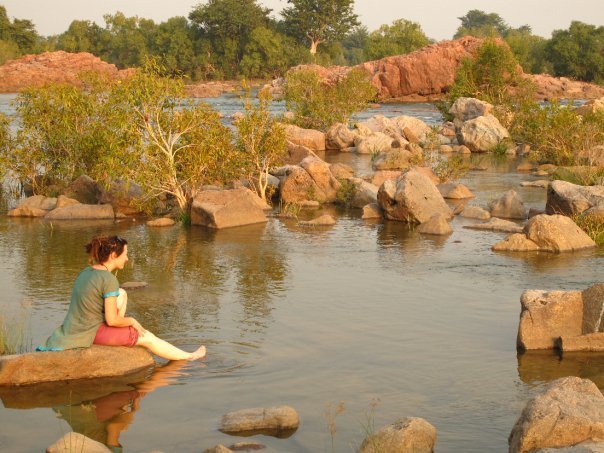


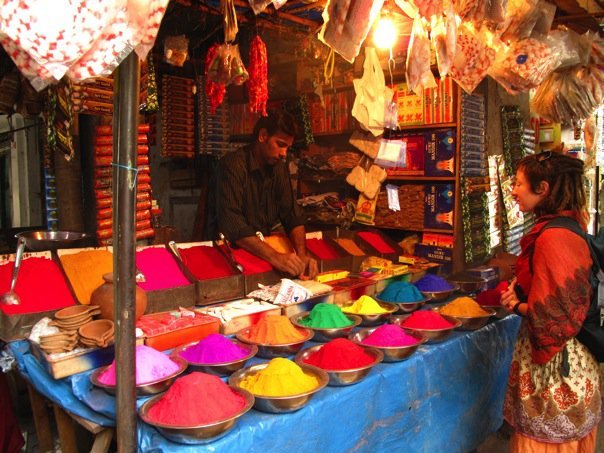



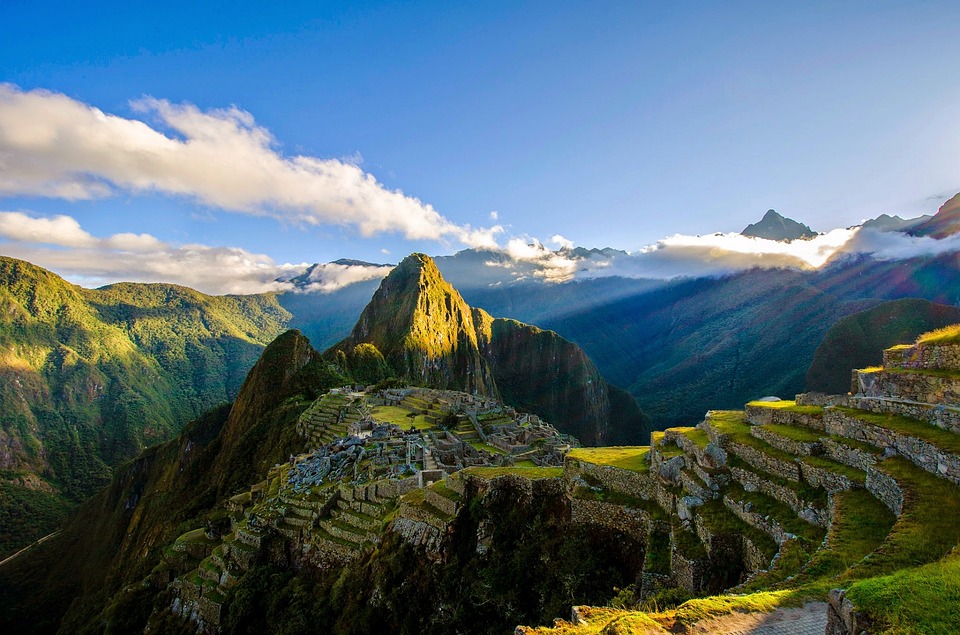




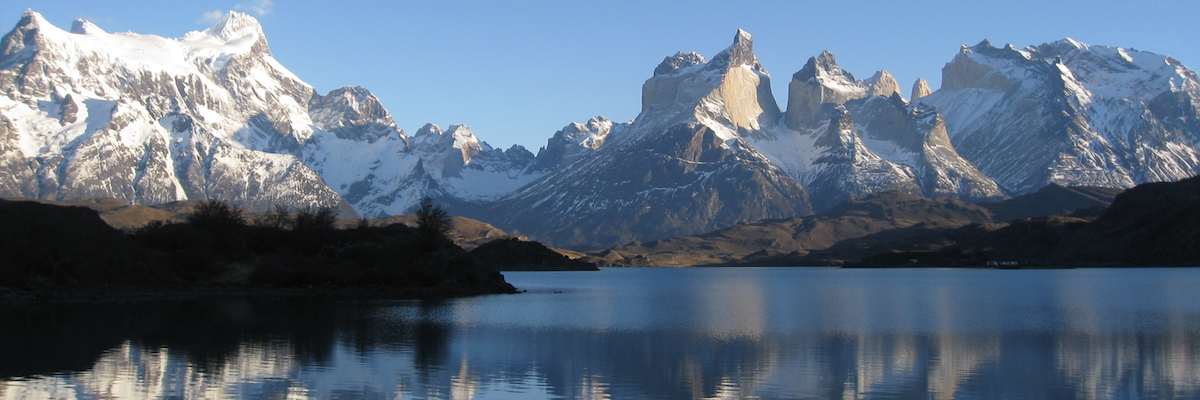

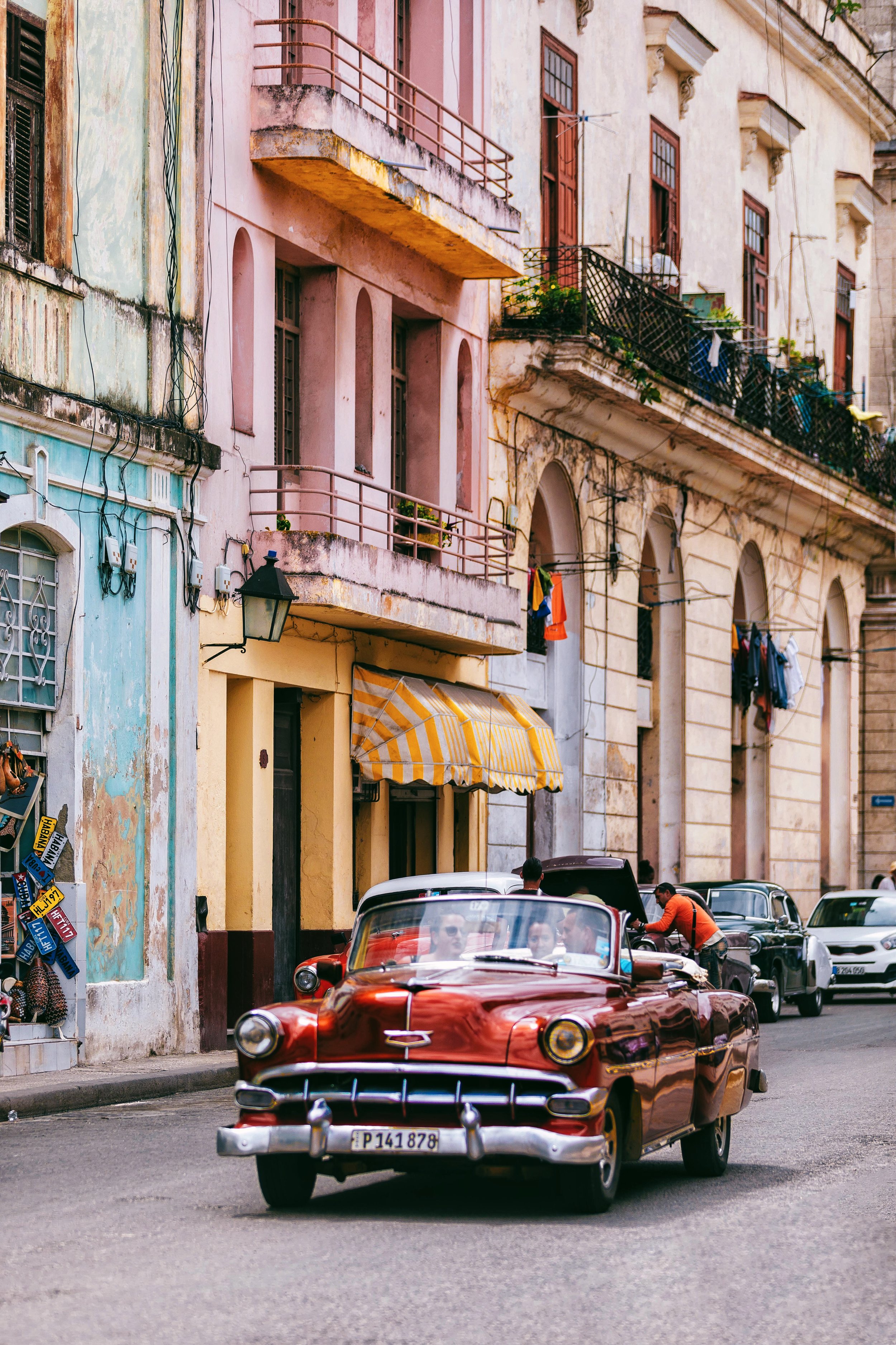
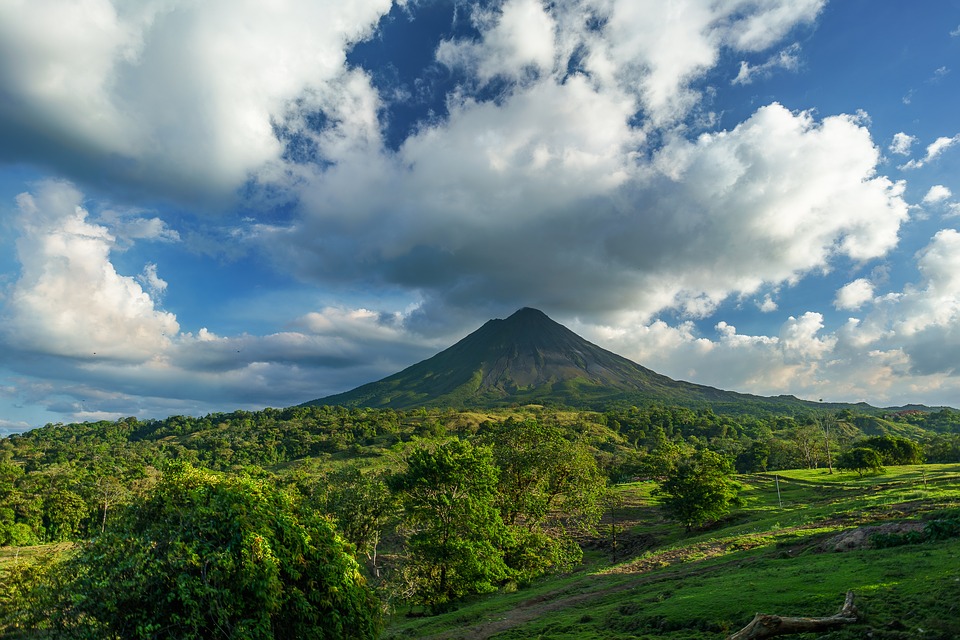




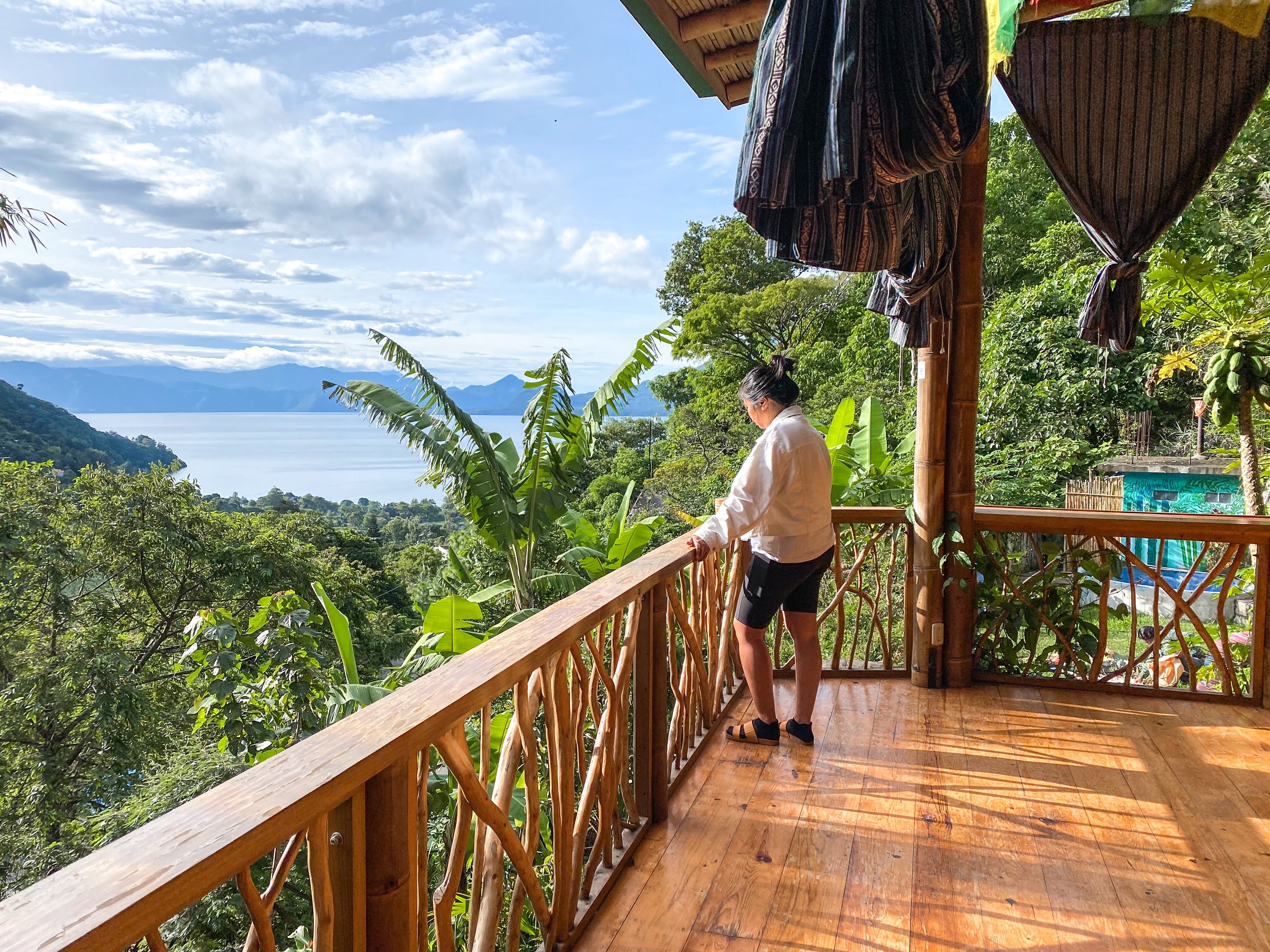


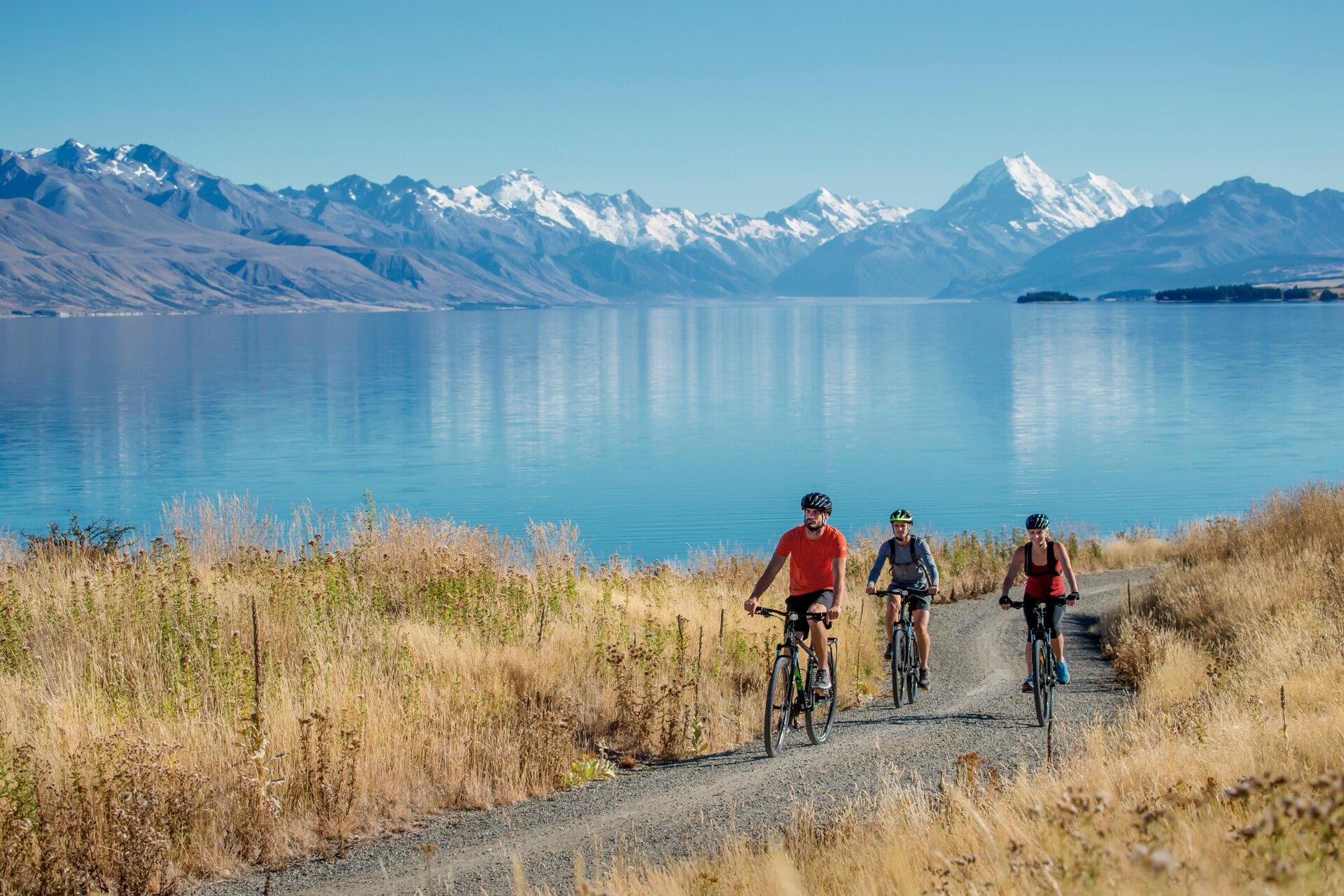




It's no secret that traveling can have a significant impact on the environment, particularly when it comes to plastic waste. From single-use water bottles to plastic cutlery and packaging, it's easy to accumulate a lot of plastic while on the go. Searching for more ways to reduce plastic waste while traveling? Traverse Journeys has got you covered!